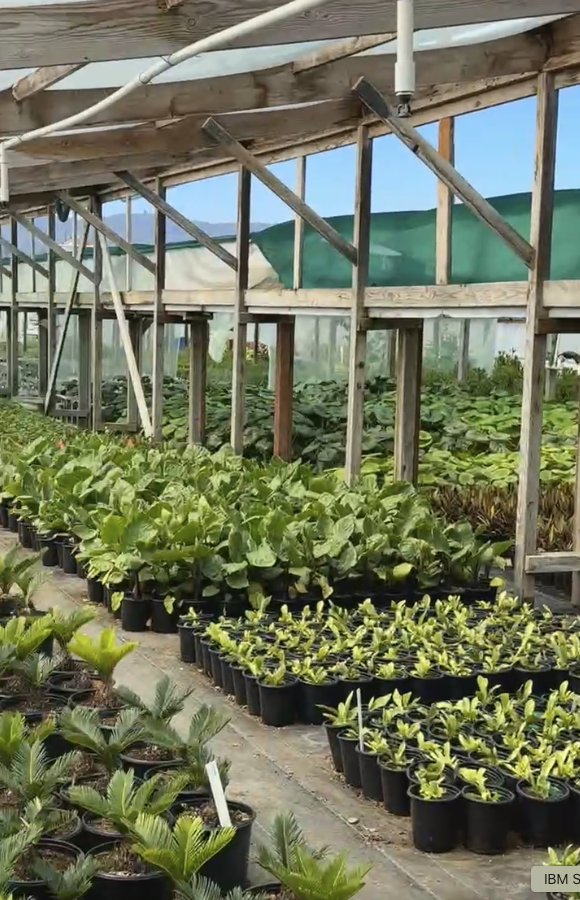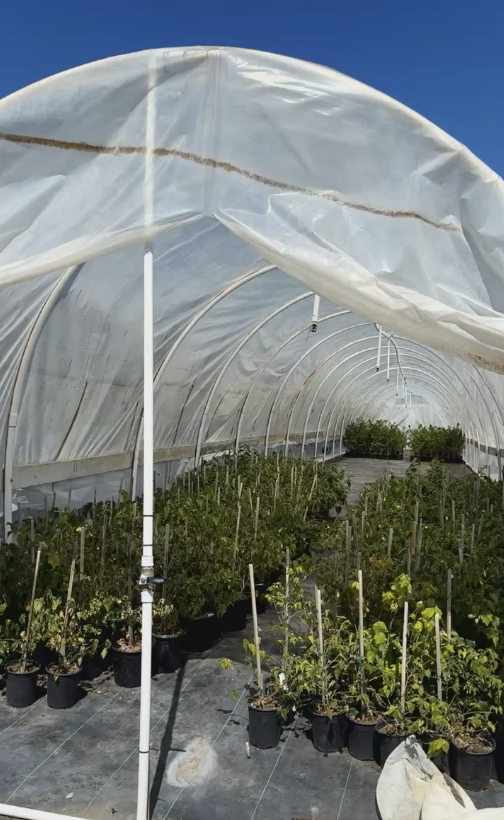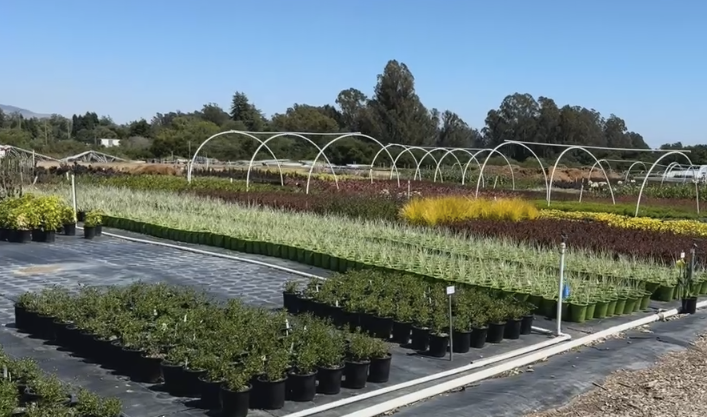When you think of nurseries and greenhouses, you probably imagine rows of beautiful growing plants. But behind the scenes, there is something else that’s just as common: plastic. From pots and trays to ground covers and irrigation pipes, plastics are found everywhere in greenhouses and nurseries. And while they help get the job done, they may be bringing along some unwanted guests: microplastics and PFAS (per- and polyfluoroalkyl substances). While plastic is very convenient and useful in so many ways, have we really considered its negative impacts? This concern is what fueled the purpose of this new study led by Dr. Alexa Lamm with Dr. James Owen Jr., Dr. James Altland, and Dr. Sarah White.
What was the study about?
The researchers designed a survey to hear from both scientists and growers about:
- Their perceptions of plastic use and its impact on water quality,
- The perceived barriers they face in reducing plastic use, and
- How scientists can better communicate new water-quality research.
The survey respondents included scientists who were primary researchers working directly with nursery and greenhouse growers in the US and nursery or greenhouse growers who were invested in reducing water contamination from farm operations.



What did they find?
- 54% of growers agreed that water contamination from plastic on-farm is a serious issue, but only 42% supported reducing plastic use. Scientists were a bit more optimistic – 59% believed reducing plastic could help, though only 32% saw contamination as a serious problem.
- Both groups agreed surface water pollution is a concern in their areas (growers at 69%, scientists at 95%), but neither believed plastic was a significant contributor to it.
- While nearly almost respondents in the two groups agreed that water testing should be done regularly, there was no strong support for mandating changes in plastic use ( without more evidence).
- The majority of growers (70%) stated that they don’t have the equipment to switch to plastic alternatives, while 54% reported that they lack the financial means to do so.
- Surprisingly, both scientists and growers (over 70%) admitted they don’t know enough about the potential impacts of plastic use or its byproducts like microplastics and PFAS, even though a fair number of them had disagreed that plastics are environmentally friendly.
This reveals awareness of potential problems caused by plastics and also highlights the knowledge gap regarding microplastics and PFAS.
When it came to sources of information, most growers named the Internet as their most frequently used source for information on water quality management. A learning experience that many preferred to take advantage of to learn more about water topics was attending a short course or workshop.
Why does it matter?
As plastic remains essential in plant production, concerns about water contamination are increasingly significant. The study highlights the importance of:
- Targeted research to measure plastic byproducts in nurseries and greenhouses.
- Developing affordable plastic alternatives.
- Creating water tests that detect microplastics and PFAS.
- Strengthening science communication through grower-preferred channels in a timely manner to enhance awareness of potential water contaminants.
Most importantly, it reminds us that environmental solutions are most effective when rooted in research and strong relationships between scientists, growers, and the communities they serve.